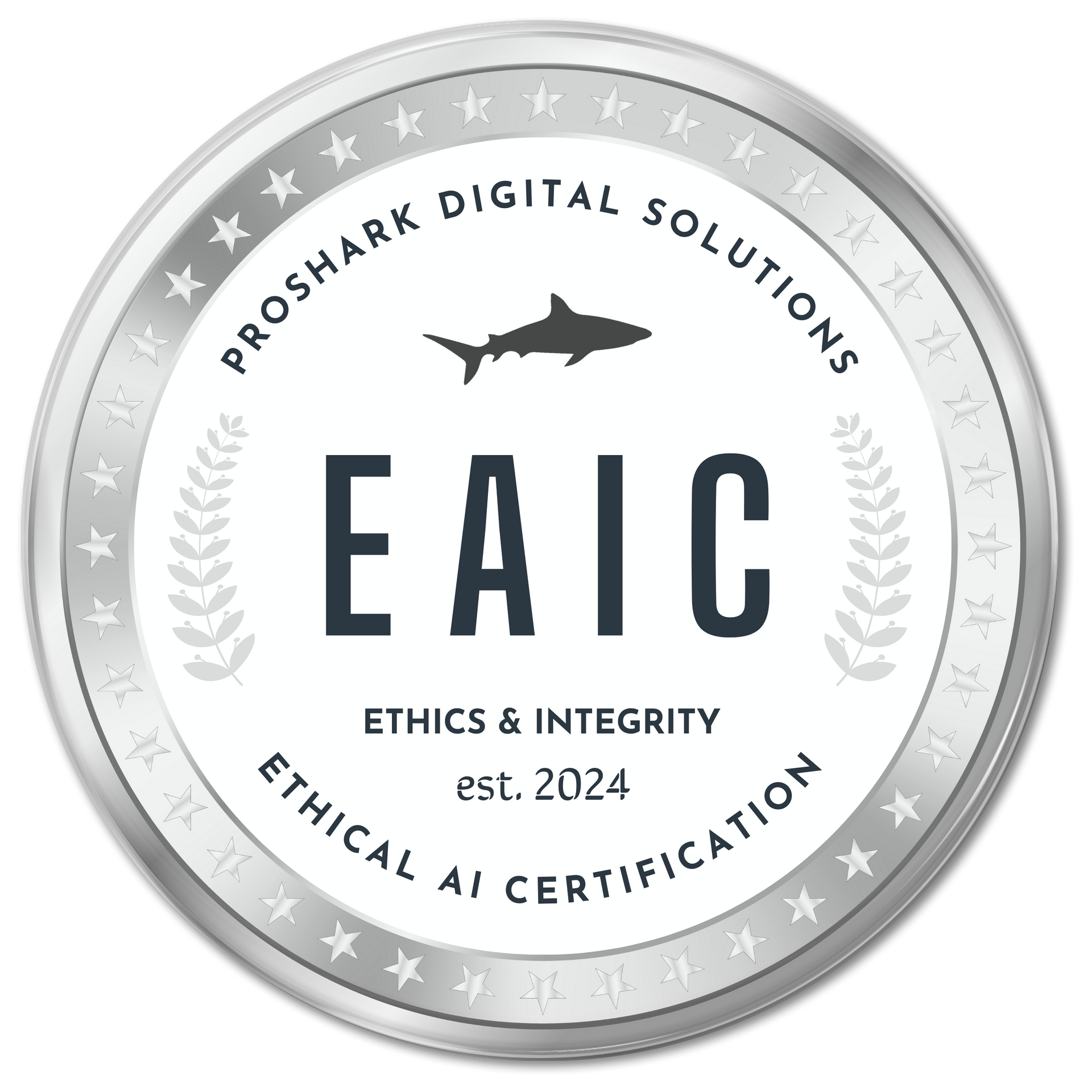Why Your Website Should Evolve with Your Business and How to Future-Proof It

The Problem with Outdated Websites
Many businesses build a website, launch it, and then forget about it. The problem? Your business is growing, but your website isn’t.
A non-scalable website becomes a bottleneck:
- Traffic increases, but the site slows down or crashes.
- New products or services need complex workarounds to be added.
- Customer experience declines as navigation and functionality become outdated.
Your website should be an asset, not a limitation. A scalable web development approach ensures your site adapts to business growth, handles more traffic, and integrates new technologies without requiring constant overhauls.
If you want to grow without website headaches, scalability is key.
1. What is Scalable Web Development?
Scalability means your website can handle growth seamlessly, whether that is:
- More traffic from marketing efforts
- More products or services added over time
- More integrations with business tools
- More personalization for user experience
Instead of redesigning your site every few years, a scalable website grows with your business, saving time, money, and effort.
2. Why Non-Scalable Websites Hurt Businesses
A website that cannot scale creates frustrations for customers and limitations for your business.
- Slow loading speeds as user traffic increases
- Downtime during high-traffic events such as product launches
- Difficulty adding new features without extensive development
- Limited integrations with CRM, e-commerce, AI tools, or analytics platforms
If your competitors’ websites adapt and yours doesn’t, you will lose customers before they even reach checkout.
3. How to Build a Scalable Website from the Start
A scalable web development strategy ensures your site evolves without constant rebuilding. Here’s how:
a) Choose the Right Technology Stack
The foundation of your website should allow for easy expansion. Look for:
- Cloud-based hosting for on-demand resources
- Headless CMS or modular frameworks to add new features effortlessly
- Flexible front-end technologies for future enhancements
b) Optimize for Speed and Performance
A scalable website must be fast, even as traffic grows. To achieve this:
- Use content delivery networks to speed up global access
- Optimize images and compress files for faster load times
- Minimize unnecessary scripts that slow down the site
c) Use a Modular Design for Easy Expansion
Your website should be built in components so you can easily:
- Add new service pages without redesigning the whole site
- Launch new landing pages instantly for marketing campaigns
- Expand e-commerce functionalities without disrupting the user experience
d) Ensure Seamless Third-Party Integrations
Scalable sites connect with the tools you use:
- CRM (HubSpot, Salesforce) for managing leads and customers
- AI chatbots for automating support and sales inquiries
- Marketing automation tools for improving customer engagement
- Analytics tools to track and optimize performance
e) Future-Proof with AI and Automation
AI-powered tools can enhance scalability by:
- Personalizing user experiences based on browsing behavior
- Automating customer interactions through chatbots
- Predicting traffic spikes and auto-adjusting server resources
4. The Benefits of a Scalable Website
When your website scales effortlessly, your business can:
- Handle growth without slowdowns
- Expand offerings easily without technical roadblocks
- Improve customer experience with seamless navigation
- Save on redevelopment costs instead of rebuilding from scratch
- Boost SEO rankings with a fast, responsive, and optimized site
5. Real-World Example: Scalable Websites in Action
A small online store moved to a cloud-hosted, modular website. When Black Friday hit, their site handled a surge in traffic without crashing due to auto-scaling resources and optimized architecture.
A marketing agency started with a basic website but used a scalable CMS. As they added new services and locations, they expanded their site effortlessly without costly redesigns.
A SaaS company launched a scalable web platform with AI chatbots. Within six months, they doubled their inbound leads without needing a new site—just seamless feature integrations.
6. Signs You Need a Website Upgrade
- Your website slows down when traffic spikes
- Adding new features feels like a major project
- You are experiencing frequent downtime or crashes
- Your competitors’ websites are faster and more responsive
- Your site is not mobile-friendly or SEO-optimized
If you checked off two or more, it is time to invest in scalability.
7. The Future of Scalable Web Development
In the next few years, scalable web development will include:
- AI-driven content personalization that adapts in real time to each visitor
- No-code and low-code expansions that make website updates easy
- Faster mobile browsing with ultra-fast 5G web experiences
- Dynamic serverless computing that auto-adjusts site performance on demand
The businesses investing in scalable web solutions today will be the leaders of tomorrow.
Conclusion: Don’t Let Your Website Limit Your Growth
A non-scalable website holds your business back. But a scalable website fuels expansion, handles more traffic, and evolves with your company’s success.
Want to build a site that grows with you? Focus on scalability, speed, and smart integrations. The right foundation today saves time, money, and frustration tomorrow.
The future is scalable. Is your website ready?
All rights reserved © 2004-2024 Proshark • Privacy Policy • Messaging Policy • Terms of Service • Advertising TOU







